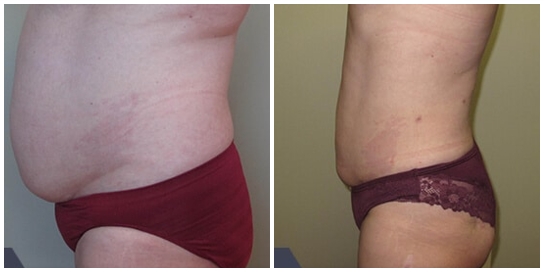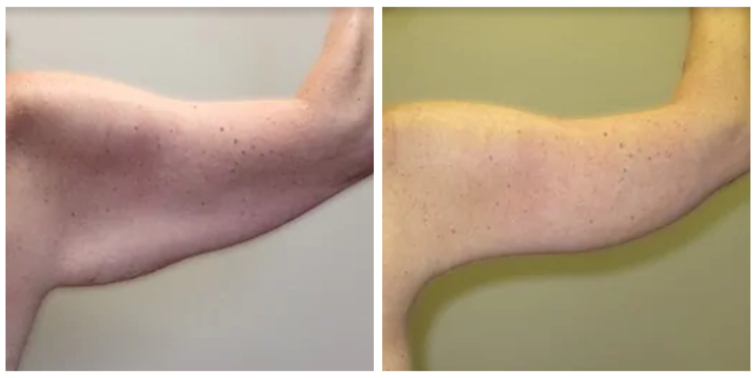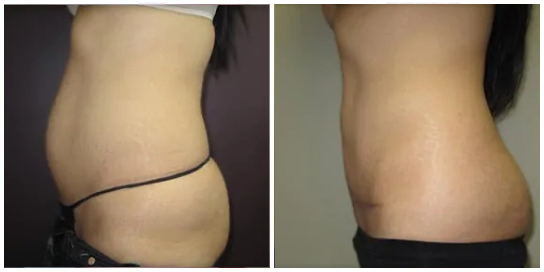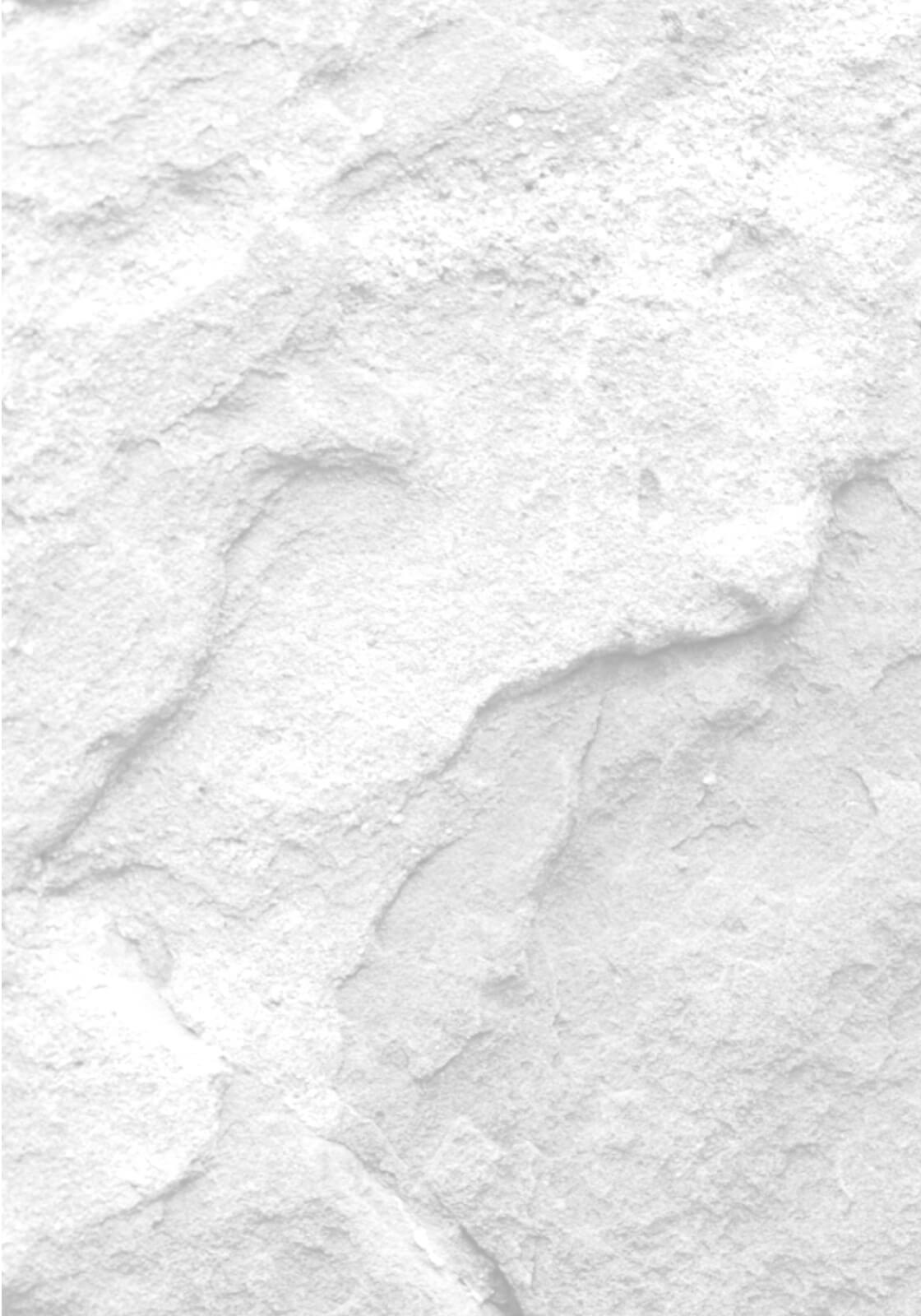Neck Lift
Conveniently located to serve the areas of Boulder, CO

Submental Lipectomy, also known as neck lift surgery, is a surgical procedure which removes localized fat deposits under the chin, corrects muscle laxity, or tightens sagging skin under the chin.
Contents
Who is a good candidate for a neck lift?
Candidates must be in good health, have no active diseases or serious, pre-existing medical conditions, and must have realistic expectations of the outcome of the surgery. Ideal candidates are seeking to reshape their necks by removing excess fat under their chin, correcting muscle laxity and tightening sagging skin. In these patients, Submental Lipectomy may achieve a more youthful looking neck with a better contour.
NOTE: You may not be a candidate for surgery if you smoke, have recently quit smoking, or if you are exposed to second-hand smoke. Primary and secondary smoking decreases blood flow to the body’s tissues. This can result in prolonged wound healing, skin loss, infection, increased scarring, and a number of other complications depending on the kind of procedure performed.
How is the procedure performed?
The exact procedure performed will depend on your surgeon’s assessment of your anatomy and your desired results. In general, a small incision is made underneath the chin. The fat in this region is suctioned or directly excised. Muscles are tightened, and a small amount of skin may be removed.
Options to enhance the procedure
This procedure is often performed in conjunction with a standard face lift or with nose surgery (rhinoplasty) in order to achieve balanced facial proportions. A chin implant (chin augmentation) may also be used to alter the basic shape and balance of the face. Submental lipectomy can reshape the jaw line, and may be especially useful for enhancing the profile of a patient with a receding chin.
Planning for your surgery
Communication is vital in establishing realistic expectations and reaching your goals. You will have the opportunity to discuss your goals and the results you’d like to achieve. Your surgeon will work with you to reach an understanding about what you can expect from this procedure and what long-term benefits you will experience. Every patient is different, and your surgeon will choose the surgical technique and treatment plan that is right for you.
During Your Initial Consultation
- Provide a complete medical history. Include information about any previous surgical procedures; past and present medical conditions; and all medications or herbal supplements you are taking.
- Expect your surgeon to conduct a physical examination.
- Be prepared to discuss possible risks and complications of the procedure.
Preparing for your surgery
You will be given specific instructions on how to prepare for your surgery. A pre-operative information packet will be provided that explains everything you should do and know before your surgery date. Your surgeon will instruct you on how to prepare for surgery, including guidelines on eating and drinking, smoking, and which vitamins and medications should be taken or avoided. You should arrange for someone to drive you home after your surgery, whether your surgery is done on an outpatient or inpatient basis. You may also want to make arrangements for someone to help you out for a day or two after you leave the hospital.
Where your surgery will be performed?
The majority of these procedures are completed on an out-patient basis. Dr. Roesner has surgical privileges at North Suburban Medical Center, Rose Medical Center as well as St. Anthony Hospital.
Types of Anesthesia
General anesthetic is used so that you will sleep and remain comfortable throughout the procedure. Local anesthesia with intravenous sedation is also an option for some patients.
After Your Operation
It is very important that you follow your surgeon’s instructions. This will promote healing and improve progress towards your new physical appearance. Also, it is important that you attend all scheduled follow-up appointments so that your surgeon can assess your long-term results and answer any questions or concerns you may have.
Neck Lift Surgery Post-operative Instructions
- Have someone drive you home after surgery and help you at home for 1-2 days.
- Get plenty of rest.
- Follow balanced diet.
- Decreased activity may promote constipation, so you may want to add more raw fruit to your diet, and be sure to increase fluid intake.
- Take pain medication as prescribed. Do not take aspirin or any products containing aspirin.
- Do not drink alcohol when taking pain medications.
- Even when not taking pain medications, no alcohol for 3 weeks as it causes fluid retention.
- If you are taking vitamins with iron, resume these as tolerated.
- Do not smoke, as smoking delays healing and increases the risk of complications.
Activities
- Start walking as soon as possible, as this helps to reduce swelling and lowers the chance of blood clots.
- Do not drive until you are no longer taking any pain medications (narcotics).
- Return to work in approximately 2 weeks.
- Avoid strenuous exercise and activities for 3-4 weeks.
Incision Care
- You may shower 48 hours after removal of the drainage tubes.
- Avoid exposing scars to sun for at least 12 months.
- Always use a strong sunblock, if sun exposure is unavoidable (SPF 30 or greater).
- Keep steri-strips on; replace if they come off.
- Keep incisions clean and inspect daily for signs of infection.
- Hair can generally be shampooed in 2-3 days.
- Hair bleach can be applied after complete healing, usually 3-4 weeks.
- When using a hair dryer, never use a “hot” temperature setting, as you may not have feeling in the operated area.
What To Expect
- Minimal postoperative pain.
- Temporary numbness.
- Swelling, discoloration, and tightness of skin for 10-14 days.
Follow-up Care
- Sutures are usually removed within 7 days.
When To Call
- If you have increased swelling or bruising.
- If swelling and redness persist after a few days.
- If you have increased redness along the incision.
- If you have severe or increased pain not relieved by medication.
- If you have any side effects to medications; such as, rash, nausea, headache, vomiting.
- If you have an oral temperature over 100.4 degrees.
- If you have any yellowish or greenish drainage from the incisions or notice a foul odor.
- If you have bleeding from the incisions that is difficult to control with light pressure.
- If you have loss of feeling or motion.





